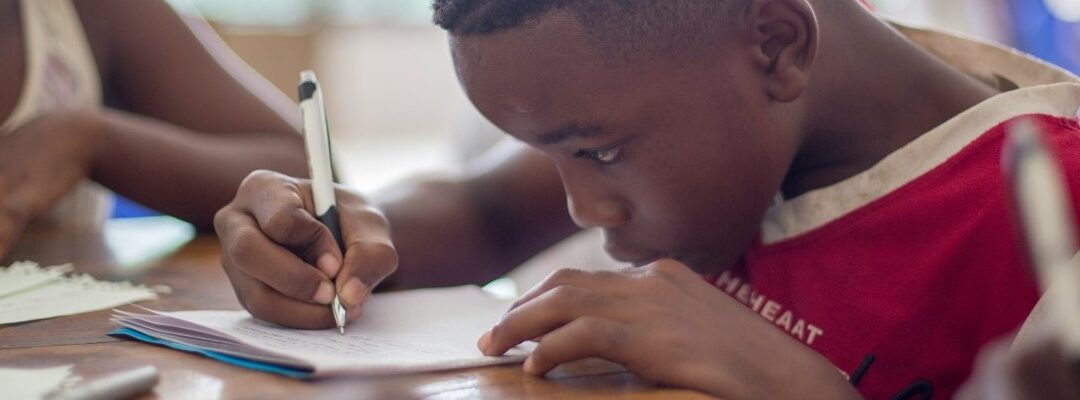By Natalie B
When my son was diagnosed with autism at six, I worried for his future — but with support, he thrived. He excelled in maths and science and was eager to start secondary school. Unfortunately, the transition proved overwhelming: the noise, busy corridors, and constant movement became too much. Although he was bright, his anxiety soared, and support was limited.
He began avoiding the canteen, distressed by others’ eating habits. Then came the compulsive handwashing, fear of contamination, and repeated reassurance-seeking. Rituals took over our lives – hours spent washing, undressing at the door, and crying fits over imagined contamination. Eventually, his hands were bleeding, and his distress escalated into crisis.
Despite our repeated pleas, the school refused to support an EHCP, saying he was “too clever.” CAMHS confirmed OCD but had no capacity to treat him. Things got worse — until he attempted to harm himself. That’s when I stopped sending him to school.
After a long fight for help, we were referred to the Maudsley Hospital’s OCD service. Within weeks, they gave us a proper assessment: severe OCD and ADHD. Treatment involved ERP therapy adapted for autism, and though it was incredibly hard — requiring me to resist comforting him and instead help him face his fears — it began to work. Slowly, the OCD loosened its grip.
It took three years. But my son now has an EHCP, attends a specialist school, passed his driving test, and has just started his first job. He’s reengaging with life.
I lost my role as “mum” during those years – I became his advocate, therapist, and teacher. That’s why I sought counselling for myself, to cope with the emotional weight I was carrying alone. That weekly hour gave me space to breathe, process, and keep going.
If you’re in the thick of it, please know – there is hope. The tunnel might feel dark and endless, but the light is there. You can get through it, and you’re not alone.

